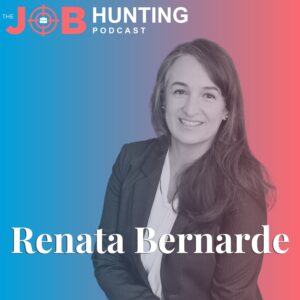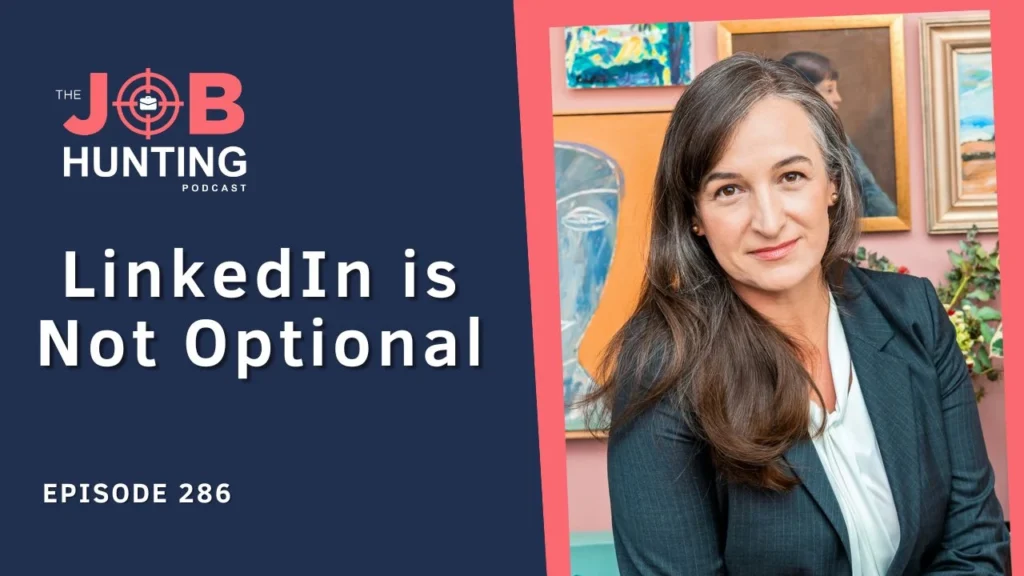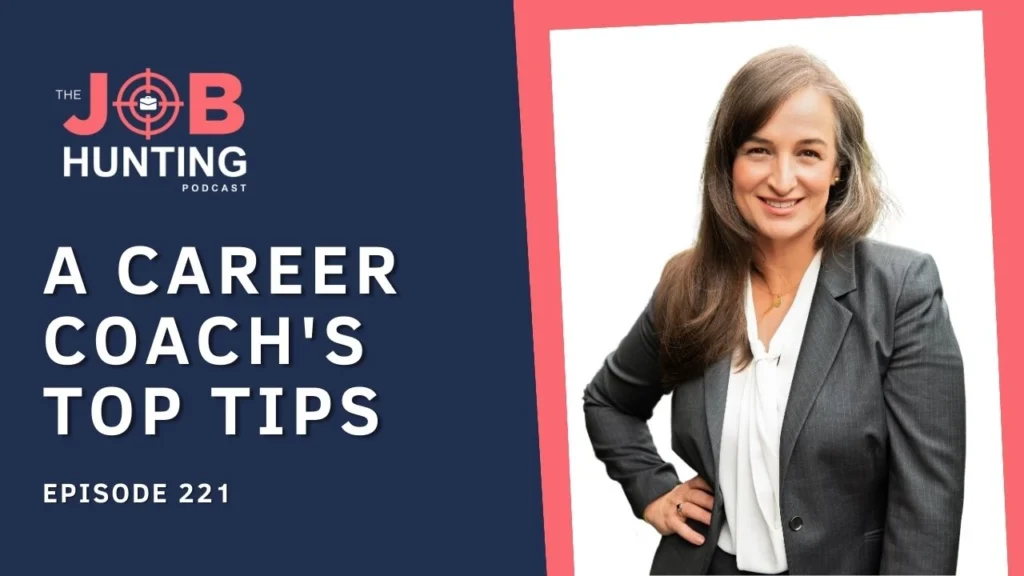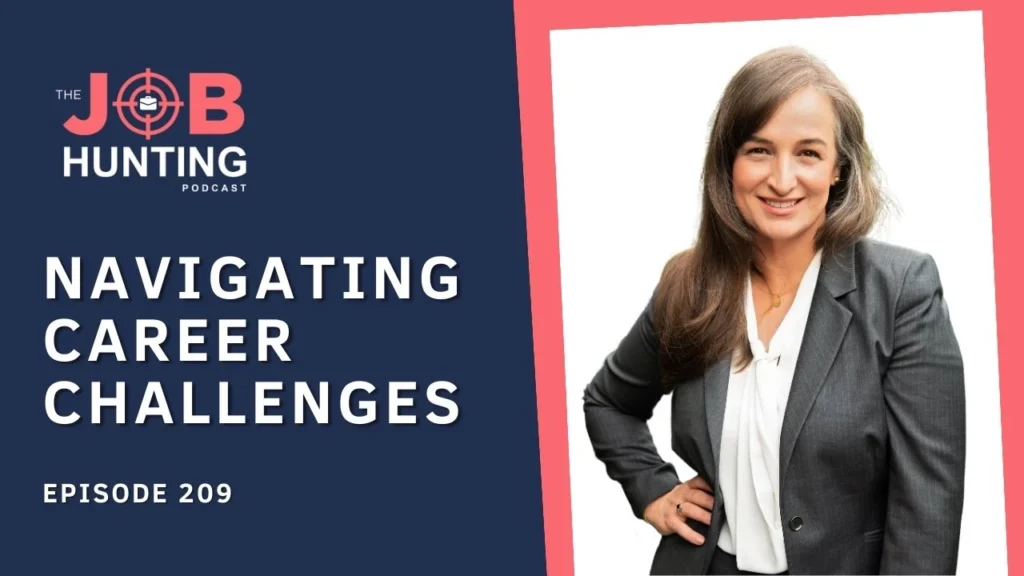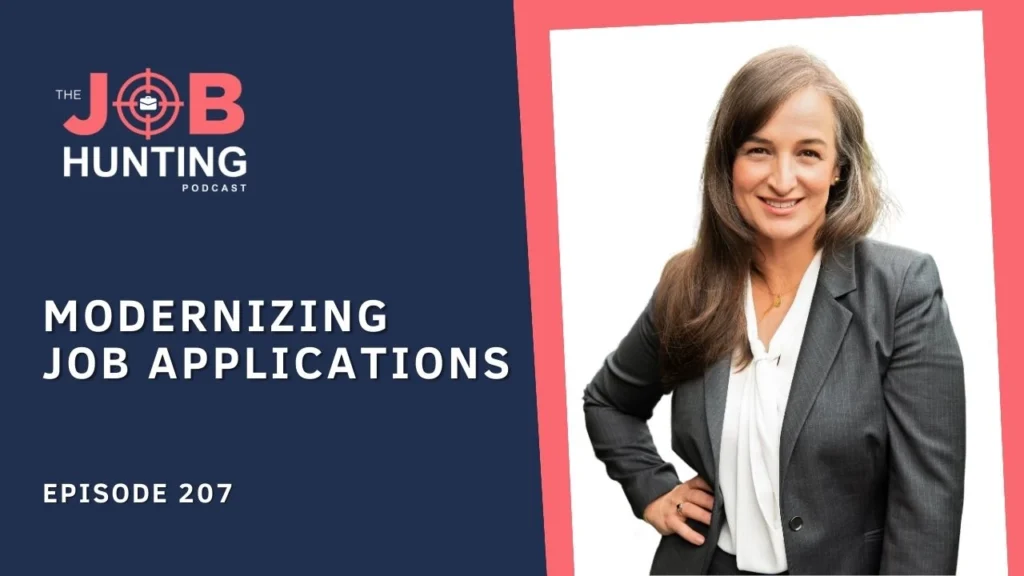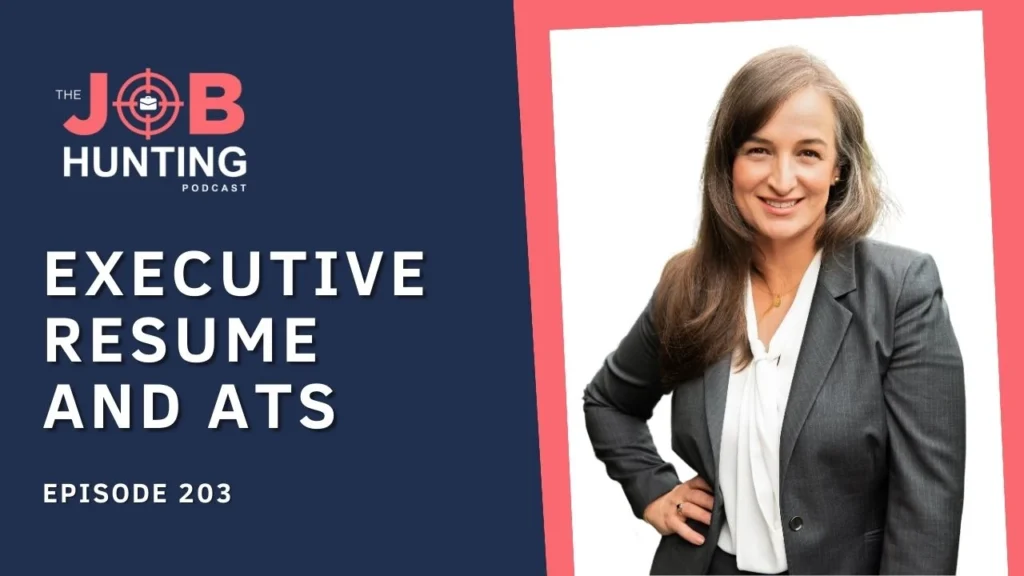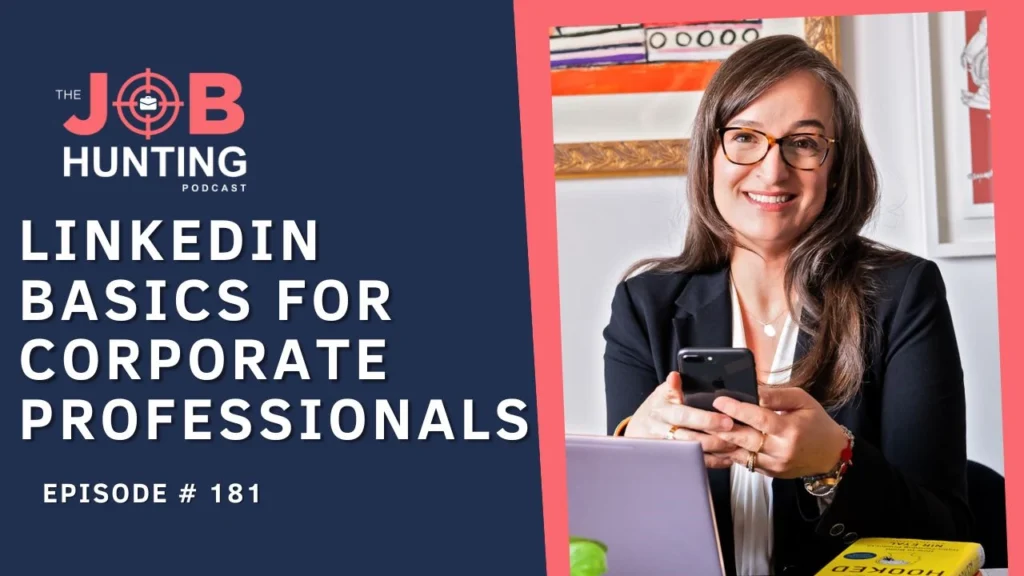I have a lot on my mind about LinkedIn that I want to share with you. I’ve put together some very easy notes for me to follow, and I never get tired of talking about LinkedIn. I hope you never get tired of listening to me talk about LinkedIn, but some things are changing on LinkedIn, and I wrote about it on LinkedIn.
So, I’ll put a link to that article below. I’m not going to focus on that specific change today because it hasn’t come, it hasn’t really happened yet. It has been announced, but it hasn’t happened yet. So, that’s the ‘People Also Viewed’ box that’s going to disappear, and a new box called ‘Similar Profiles’ will show up instead.
You cannot disable this new box; you cannot turn it off, and I’m not happy with that. The LinkedIn people that I know, who work here in Australia, know that. I’ve sent them my article. I let them know that I’m not happy, but I love LinkedIn nevertheless. And I think it’s really essential for corporate professionals to build a personal brand on LinkedIn.
Not everybody needs to have a LinkedIn account, and we’re going to talk about this today. Okay, from the beginning. Shall we? What is LinkedIn? LinkedIn was created 20 years ago. I can’t believe it myself. I think it was 2002 or 2003. You can tell that I don’t have very good notes today, but it was around that time, and it was around 2007 or 2008 that I personally joined.
I think in the beginning it was a very small startup-type platform, but by 2008, it was pretty big. I remember going to the United States to visit universities overseas, specifically business schools, and talk to people who were doing the recruitment of students into those big Ivy League universities.
And they were all using LinkedIn. And I came back to Australia and said, “We need to do the same.” And that’s when I started investing time on LinkedIn and making sure that all of my MBA students at the time – I was an MBA career manager at an Australian university – had great LinkedIn profiles.
If you go through my profile and check out my recommendations, you will see that back then, in 2008, I got a lot of lovely recommendations from the MBA students I was working with at the time. So, that’s probably why I have so many recommendations. People don’t write recommendations anymore.
And I wish they did. I think that recruiters and executive search partners still do look at them. So, LinkedIn recommendations – I am a fan, especially if they’re, of course, authentic, original, real recommendations. So, I tend to write them whenever I can, and I love to receive them. I haven’t received a recommendation in a while, so there you go.
If you feel like writing something about the podcast on my LinkedIn, I’d be very grateful. In fact, to write a recommendation, you have to be connected to the person. So, that’s an extra step for you. Okay, back to LinkedIn. 1 billion members as of 2024. I think it was the end of 2023 that that milestone was reached, and LinkedIn is present in 200 countries.
So, 24% of those 1 billion members are active members on LinkedIn. The rest are very passive. They just stay there, watching and seeing what everybody else is posting, but they don’t interact. And LinkedIn’s mission is to connect the world’s professionals to make them more productive and more successful.
It is a social media platform, but it is geared towards professionals, corporations, businessmen and women, and small businesses. It is about productivity, career success, and business success. So much so that, in addition to the LinkedIn platform that you and I have access to, there are two other platforms that are very popular and are LinkedIn’s B2B products. One of them is Sales Navigator that LinkedIn sells for sales teams, and the other is a recruitment platform that LinkedIn sells to HR departments and functions and recruitment firms.
Is being on LinkedIn essential for your career? It depends. It’s not essential for everyone in the world, but it is necessary to be strategic about it. You do need to be on LinkedIn if you are in specific sectors and industries. For example, if you need a job in the corporate world, or if you work behind a laptop like me – like 100 percent of my clients – if you work sitting down at a desk, in front of a computer, chances are being on LinkedIn will be good for your career.
Those who have a business and are very ambitious, like myself, will find LinkedIn important. I have my own small business and want to expand into different markets. I want to hire people; I currently have three people working for me. LinkedIn is crucial for me. There was a time when I was a career coach based in Melbourne. If it weren’t for LinkedIn and my podcast, I wouldn’t have reached clients in the continents that I have clients now – in the Middle East, Europe, the United States, and all over. That happened because of this podcast and also because of LinkedIn.
Who else? Those with businesses selling to professionals like myself – if you’re in a service business like personal training, technology, and so forth, LinkedIn is important for you. Those who have businesses and sell to other businesses, like consultants or B2B product vendors, will find LinkedIn important.
Who doesn’t need to be on LinkedIn? I don’t think artists need to be on LinkedIn. I don’t think nurses and doctors necessarily need to be on LinkedIn, although some of them are. I don’t think trade workers need to be on LinkedIn, although some of them are. Farmers might not need to be on LinkedIn unless they’re expanding, raising money, or looking for work or collaborations.
LinkedIn is not essential for every sector and every industry. However, I believe it is beneficial for white-collar workers, whether those workers are in the corporate world, small business owners, or solo entrepreneurs. If you’re working behind a desk, I think LinkedIn is pretty much a requirement these days. So, where do you start?
What should be your strategy on LinkedIn? I believe the first step in developing a good LinkedIn presence is having a well-crafted bio. On LinkedIn, we call that the ‘About’ section. Having a banner and having your photo are also important. So that should be your first strategy. The bio, the banner, the headline – oh, and I forgot the headline – and the photo are the things that show up right at the top.
That top real estate is really important. That’s the blue-chip real estate on LinkedIn. If people like what they see at the top, they will scroll down. The other thing that people don’t understand about the headline and your photo is that when recruiters or anyone is using Sales Navigator or the recruitment platform – or the platform that you and I have access to – and they are doing a search, those are the two things that they will see. They will see a little photo of you next to your headline and they will see lots of other people’s photos and headlines as well. For instance, if they’re looking for a career coach, they will see my photo and headline, along with photos and headlines of many other career coaches. It will be whatever grabs their attention that will make them click and check me out.
And I want you to think about this because LinkedIn is more important in terms of your ability to be found in searches – if you’re looking for a job or if you’re a small business – than most people realize. Most people focus a lot on embellishing their profiles and not thinking about the fact that LinkedIn is very much like Google for corporate professionals.
So, if you’re searching for people, you are likely using LinkedIn to find professionals. You’re not going to look for professionals on Google; you’re going to use LinkedIn to search for them if you’re trying to fill a role, get someone interviewed, or check profiles for specific opportunities. That’s where I think you can start.
When you’re developing your headline and putting together your photo and your ‘About’ section, consider who you are talking to. Who are you trying to reach? Who do you want searching for you? Be very specific about the individual that you want to connect with through that search process and think about what sort of photo and headline will be most appealing to them.
In terms of best practices and the basics of setting up your profile, like I said, the profile photo adds credibility to your profile. It enhances your personal brand. So, having a visible photo is important. Some people hide their photo from those they are not connected with. If you’re not looking for work or interested in career advancement, that’s alright.
But, if you are listening to the job hunting podcast, I’m assuming you are interested in career advancement and job opportunities. In which case, having a photo that conveys trust and likability is really important. So, think about what, in your profession, will be most attractive to the audience you’re trying to reach.
When I think of banners, I stop and pause. My audience consists of corporate professionals in their 40s, 50s, and 60s who are interested in advancing in their careers and looking for work. That, to me, doesn’t scream ‘I need a banner.’ Right, it does not. But I need a banner because I am a career coach and have a small business. So, having a banner that shows my podcast or my products or what I do is important. If you are a corporate professional and have a banner that looks very salesy, it makes you look like a solo entrepreneur like myself, or that you already belong to a company, or that you are doing contract or consulting work.
If what you’re looking for is to join a corporation, a small business, or a medium-sized business, then the LinkedIn Neutral Boring Banner is all you need. If you already work for an organization and that organization has a branded banner that employees can use on LinkedIn, use that. I really like that. Even if you’re looking for work, it shows that you are a member of a team, that you belong, that you are a colleague of others, and that you play the game of being on LinkedIn in a way that embraces that organization.
If you work in marketing, are a senior executive, or are in government affairs, communications, or advertising, and you work for an organization, I would expect you to have a branded banner if that banner exists. So do that, even if it’s optional, I would adopt it.
Then, the headline. The headline should be customized to reflect what you want to be known for. It should be descriptive. It should include your job position today, plus a few other keywords about sector experience or geographical experience, or anything else relevant, like if you’re a CPA and you want it in your headline, that’s fine, or an MBA, that’s fine as well.
A headline is something I work with clients on over and over again because there are up to three lines that you can play with, remembering that the first 50 letters are probably what will show up in a search. So, how you use that and maximize it is really important.
There’s something called ‘Features,’ and I’m about to work with a client on adding something to his ‘Features’ that I think will really work to his advantage. He wants to go back into a sector that he left just before the pandemic because they wanted to come back to Australia. I mean, the pandemic was crazy.
He was working overseas and wanted to come back. There’s something from that period of his life that is so current right now and not easy to find on the web. But if we feature it right at the top of his profile, it will really elevate his profile. And if people click on that video, or it could be an article, or a press release, something that gets buried in the interweb.
So, if you can find those things and bring them forward, you can have several features at the top of your profile. If you go to my profile again – go to my profile, follow me, you don’t need to connect with me if you don’t want to, but at least follow me – you will see that I have only one feature. That’s because all I want is for you to sign up for my newsletter. And I think the newsletter is fantastic. Frankly, I’ve been in marketing all my career, and I have never seen such great open rates. When I go to my CRM system and look at my open rates and see zero unsubscribes the weekend recount, you have no idea how proud I get.
It’s my biggest pride and joy, alongside, of course, this podcast – my weekly newsletter. So that’s all I have at the top of my feature, but then I’m a solo entrepreneur and a business owner. If you’re a corporate professional, you should be showcasing things that you’ve done in whichever way you can.
I have clients with very little in terms of website information, but they participated in a project. So, they add maybe a PDF document, or that document is publicly available, of course, or an image. You can manipulate that so there is an image there, and then you can change the heading. You can change the description. You can make quite interesting changes there. That really helps enhance the experience for someone landing on your profile.
You can also have little featured media links under each of your experiences. So not everything belongs at the top. Some things can belong under each role. Again, if you go to my profile, you will see that I have little links to my podcast under the ‘Podcast Job’ role. And even if you scroll down and see my previous corporate roles, when I was a CEO and working as a Director of Enterprise, you will see that I have links there that showcase the sort of work I did in the organizations I worked for in the past.
And you can do that as well. Then, remember to be anonymous when you are researching on LinkedIn. This is something that is not default. You need to go and change that. The default on LinkedIn is for your visibility as someone browsing other profiles to be completely public. So if you go to someone’s profile, let’s say you visit my profile, I may see you have come to see my profile, right?
Your little photo will show, and a description. I will know that you’ve been there. You don’t need to show that you’ve been there if you don’t want to. All you need to do is go to your privacy settings, go to your visibility, and you can change that so that you are anonymous. I recommend this. There was a time when people didn’t talk about it much, but there was a huge discussion on LinkedIn about everyone being public. I thought, why?
When I go to someone’s Instagram or even TikTok, they don’t know that I’ve been there. When I go to someone’s Twitter and look at his tweets, he doesn’t know that I’m reading them. Why should LinkedIn be different? I just want to go, if I want, if I – or a client of mine, because I’m not applying for jobs – but if a client of mine is applying for a role, I want that client to be able to go and check out who is the boss, who were the colleagues, who did that role before, why did that person leave?
You might sort of find out if they moved on to a different organization, and you can do all of that anonymously. So, I’m a big fan of that. I’m also a big fan of disabling the ‘People Also Viewed’ box. Now, that’s something that we know is going to be discontinued by LinkedIn. A new box will come up. So far, they are saying that this new box, called ‘Similar Profiles,’ is not going to be disable-able.
I don’t like that. I hope they change their minds. I’ll put a link to the article that I wrote about this new box. I don’t like ‘Similar Profiles’ at all. I don’t trust the algorithm to know what’s similar. So, we will look into that when this new function appears on our LinkedIn profiles. It will be a few weeks from now.
Now let’s talk about creating content on LinkedIn, not just your profile, but your activity. A lot of people come to me and ask, ‘What should I write about?’ The first thing that you need to do is actually have people following you. There is no point in writing if nobody is listening or reading.
So, the first thing you should do is connect. If you have a hundred, two hundred, three hundred connections, that is not enough. For my clients, who are more experienced, more seasoned professionals, I expect them to have over 500 connections on LinkedIn. That’s because if you add up everyone you went to uni with, everyone you’ve worked with over the years, not just your colleagues, but suppliers and clients, plus friends and family, you will have more than 500 for sure.
If you don’t, let me know in the comments below, but I’m pretty sure most of my clients have no trouble reaching that 500 mark. More than that is better. LinkedIn has become, for me, the replacement for my Rolodex. In fact, I only just threw away my business cards a few weeks ago. I think it was January, and I’m recording this at the end of February. I haven’t looked at my business cards for years, even before the pandemic, because I have LinkedIn. Everybody that I need to be in touch with is on LinkedIn. So LinkedIn is my Rolodex, and it should be your Rolodex as well.
Then, once you have people connected with you, you should go and comment on their activities. Instead of trying to write your own posts, why don’t you check out what people are writing about and like their posts and comment on them? People love when others comment on their posts, so please do that.
And then, once you have a better understanding of how content strategy is created, you can start thinking about creating your own content. So, take that step-by-step approach on LinkedIn and educate yourself. Think about it: Do you really have something to say? If you don’t, don’t write it. I’m perfectly fine with clients of mine just writing very intentional, thoughtful comments on people’s posts. That is fantastic.
I think people underestimate the power of the comment function on LinkedIn because you can reach just as many people. And I find that when I make time to comment on people’s posts, I actually get more views on my LinkedIn than when I post my own content. Right, because I am choosing strategic comments on strategic posts, posts that are related to things that I care about, that my audience cares about.
And if people find me because I wrote an interesting comment, they might follow me. And that’s all that I want. I want people to come and find me and follow me. When you do decide to engage in creating content, I, for one, couldn’t wait to write because I had so much to say about things that I wanted to tell people about regarding their careers. And I felt like there wasn’t anybody saying it the way that I wanted to, having been a corporate executive who was interested in career advancement myself.
I felt like I had, you know, my lived experience that I wanted to share. If you’re like me and you feel like you have that expertise, then remember to always educate yourself and keep recent on that expertise and then share what you’re learning with others. You don’t necessarily need to share what you know with others. You can really just share what you’re learning with others. It’s just as good. You know, if you attended a conference, these are my key learnings. If you’ve done a course, this is what I’ve learned from doing this course. I see a lot of people doing certificates and courses, and when they update their LinkedIn profiles, LinkedIn asks, ‘Do you want to share that with your network?’
Then there is that sort of standard, ‘Oh, I’ve just completed an IBM certificate or a Microsoft certificate.’ I would much rather read, ‘These are the three things I learned from doing this project management Microsoft certificate. Blah, blah, blah.’ Or, ‘I’ve done this training here, this executive education for the past three months, and if you’re interested in doing something like this, you can send me a message.’
I’d be delighted to share with you some of my tips and advice. Here are some of the things that I think you should take into account if you want to invest in this program. Right? Like, sharing that is so much more relevant to the audience than you having achieved a milestone in your career. Plus, they will still know that you’ve done it.
So, you will reach your goals, and you will also be serving a community of colleagues and friends that might really benefit from your advice and tips. So, the anatomy of a post, right? Make sure the first two lines of your post are really engaging. Sometimes we write, and then the Easter eggs and the really fun stuff end up being towards the end of what we wrote. It’s because we write and as we flow, we get better and better at thinking about that issue or that problem. So remember to always edit what you’ve written and then think, okay, what are the two lines in what I’ve just written that will really resonate with people? Then move that up, and then you describe the situation and ask for engagement. You know, write in the comments below if you have any further ideas about this topic or if you have any questions for me, and then respond to comments.
If people comment on your post, it’s really important for you to go to each one of those comments and write back to them. Again, if you go to my profile, you will see that I do that consistently. When people write a comment on one of my posts, I always write back. And if I haven’t, let me know. But I always, always do.
And you should do the same.
So, what are the best practices for optimizing a LinkedIn profile? Think about a LinkedIn profile in the same way that you would think about building a website. Right. You want people to find you. You want to use the right keywords for your profession, the things you want to achieve in your career. You want the top of the profile to be the most important part, you know that people will read that first. The headline will be what people are searching for, and if they search for somebody like you, they will be attracted to the photo and the headline. So think about all of that in the same way that you would think about building a website.
And what is important in terms of networking and interactions with others? I think people sort of underestimate the importance of messaging on LinkedIn. And if you are keen to, for example, connect with me, I would love to connect with you. But please send me a message. Just say I…
I listened to your podcast and wanted to connect with you. It would be lovely if we connected. I think that’s nice. It’s a nice thing to do. Another thing that people underestimate is the power of sending a private message. If you work for an organization where doing too much on LinkedIn might raise alarm bells, or some organizations don’t even allow you to have much of a public profile, it can be tricky.
I work with clients who work for the justice department or police force, and they have policies and protocols about social media. They’re not allowed to post anything on LinkedIn or any other social platform. I say, alright, you know, you can still have a LinkedIn profile. We’ve checked, and you can still connect with people privately.
So, if you see somebody who is a friend of yours or a former colleague and they have written a nice post on LinkedIn, send them a private message saying, ‘Just saw your post, it’s really nice what you said. I just wanted to say that I really enjoyed reading it. I hope you’re well. Do you have time for a coffee or something like that, right?’
So, make sure that you use private messaging as well. People forget about it. And how do you measure the success of a LinkedIn presence? That is really interesting. You probably know this; I do LinkedIn audits, and I am about to launch a LinkedIn online course. If you’re interested in knowing more, please subscribe to my newsletter. There will be a link in the show notes because if you’re a newsletter subscriber, not only will you be the first to know, but you will also get a little discount when we launch this program. It’s coming in a few weeks. We will tell you about the measures of success on LinkedIn and how to achieve them.
But basically, it’s all about LinkedIn working for you when you’re not worrying about it. When you are asleep, when you’re not even on LinkedIn, it’s all about people finding you. The measure of success on LinkedIn for my clients is when they are contacted via private messaging for opportunities aligned with what they’re looking for. That is the biggest measure of success for my clients. Now, my clients are corporate professionals looking for work, right? And they work with me privately through one-on-one consultations or extended periods, like three or six months. Or if they’re doing group coaching, as I record this, we’re on week three of seven weeks of group coaching.
And that’s the biggest measure of success for corporate professionals. I hope that this ad hoc episode that I wasn’t thinking of recording has helped you think more strategically about your LinkedIn presence. I think the LinkedIn short course that I am preparing will be so, so good. We’re putting so much effort into giving you more detailed information so you can deep dive into each of the LinkedIn tools and resources and features and boxes so that you can maximize and optimize your presence. And so that it doesn’t take too much time. Right. The ideal program for a short course for me is something that you can do over a weekend.
And then all you need to do is go into LinkedIn once a week just to do a little bit of cleanup and some bit of research. Of course, if you’re looking for work, I would expect you to be there more often than that, but that’s what I think most of my busy corporate clients want to hear from me. That I will design a LinkedIn online course for them that they can do over the weekend, and then it’s set up and all they need to do is go back to LinkedIn and do a little bit of work once a week. And if you’re interested in that, sign up for the newsletter, and you will be the first to know and get a little bit of a discount when I launch it.
That’s all I have for today. I look forward to seeing you in the next episode, and let’s all hope that my next guest shows up. Bye for now.

